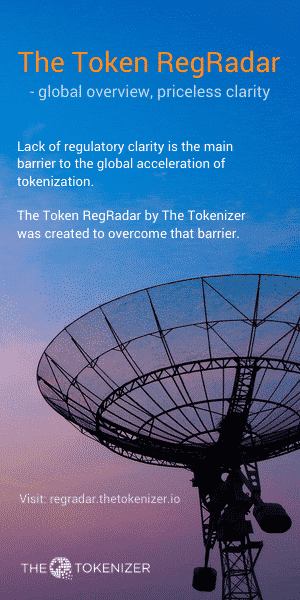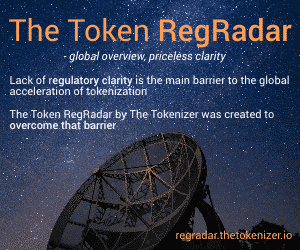Swarm Capital launches SWARM App
Swarm Capital introduces the SWARM App: a self-serve tool that is capable of issuing fully regulatory compliant digital securities or tokens. Named for the nonprofit, open-source protocol that it’s built upon, the SWARM app empowers users to wield the core feature list of the latest SRC20 smart contracts deployed on the SWARM Protocol.

The SWARM app intuitively guides token issuers through a friendly UI, beginning by defining and configuring, then minting, and eventually issuing a fully regulatory compliant SRC20 security token. Token issuers have a choice of deploying tokens to Ethereum testnets (Ropsten) — and when they’re ready, mainnet deployment is just a few clicks away. The SWARM App is Web3 compatible, so users can identify themselves and control the application with their MetaMask wallet.
A key objective of the SWARM app is to demystify the process of creating and issuing security tokens, a process which has suffered from complexities — both from a technological as well as regulatory perspective. Creating testnet security tokens allows prospective issuers to mint, issue, distribute, set transfer restrictions, employ various additional optional contract features, and experiment with a fully featured and compliant security token, all without requiring any commitment in capital or real staking. Consider this a sandbox for security tokens.
Regulatory compliance is elegantly achieved using SWARM’s uniquely simple approach. Token issuers simply whitelist addresses that are allowed to freely trade the token between each other, and greylist any addresses that are subject to any restrictions or rules needing to be checked or verified by the token issuer or an authority. Addresses that are in neither list are effectively forbidden (blacklisted) to hold or transfer the token until completing the specific qualification requirements for the respective token. Qualification is done using SWARM’s Investor Pass.
SWARM’s unique no-fee tokenomics means that security tokens can be created and issued on mainnet by simply staking SWM tokens into a smart contract. Retrieving a stake is done by decreasing the supply of the security tokens (sending them to a decrease supply function in the smart contract).
Image by Gerhard Gellinger from Pixabay
More Articles:
TokenGX Approved for Secondary Trading of Digital Securities
HighCastle Partners with Archax to Bring Liquidity to Digital Securities
You Might also Like















